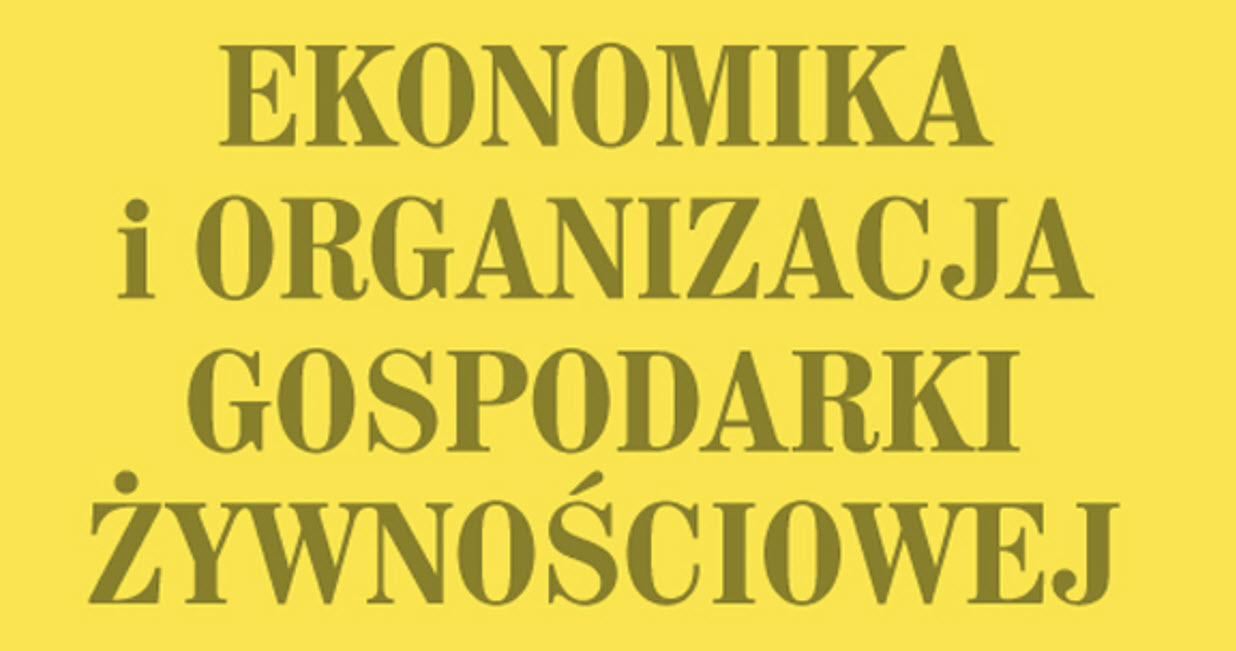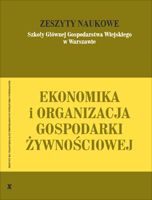Main Article Content
W artykule dokonano analizy obciążeń podatkowych osób fizycznych, od których pobierany jest podatek dochodowy od osób fizycznych. Autor określił liczbę podatników oraz ich strukturę poprzez: (i) wysokość dochodów, (ii) formę zeznania podatkowego – PIT, (iii) skalę stosowanych zwolnień dochodowych (podatkowych) w podziale na grupy podatkowe. Z wyników analizy wynika, że w latach 1996-1998 w całkowitych dochodach osób fizycznych największą część stanowiły wynagrodzenia za pracę wykonywaną na podstawie umów o pracę i usług oraz wynagrodzenia w spółdzielniach (52,1% w 1998). Liczba osób płacących podatek dochodowy osiągnęła ok. 25094 tys. osób w 1998 r. W całej grupie podatników dominowały osoby, które deklarowały dochody i podatki wspólnie z małżonkami. Łączna liczba podatników rozliczających się z urzędami skarbowymi, którzy złożyli formularze PIT, wzrosła do ok. 16605 tys. osób w roku 1998. W tym roku osoby składające PIT-31 stanowiły największy odsetek ogółu podatników. Udział tych, którzy skorzystali z ulg podatkowych, spadł z 48,9 proc. w 1996 r. do 38,0 proc. w 1998 r. Z ulg podatkowych najczęściej korzystali podatnicy zaliczeni do III grupy podatkowej (91,2 proc. podatników w 1998 r.), gdy dla I grupy podatkowej *to ułamek wynosił zaledwie 35,6 proc. W 1998 r. w przypadku I grupy podatkowej ulgi podatkowe wynosiły 2,1% dochodu, natomiast w przypadku III grupy podatkowej stanowiły one odpowiednio 9,3%.
Article Details
Biała Księga Podatkowa. Ministerstwo Finansów, 1998.
GŁUCHOWSKI J., 1998: Polskie prawo podatkowe. PWN, Warszawa.
MODZELEWSKI W., 1998: Wstęp do polskiego prawa podatkowego. PWN, Warszawa.
Podatki 2000. Kompletny zbiór aktualnych przepisów. Stan prawny na 1 stycznia 2000 r. INFOR, Warszawa.
TRATKIEWICZ T., 2000: Podatki 2000. Vademecum podatnika. Difin, Warszawa.
Downloads
- Mirosław Wasilewski, Efektywność wykorzystania majątku a wyniki ekonomiczne gospodarstw indywidualnych , Zeszyty Naukowe SGGW - Ekonomika i Organizacja Gospodarki Żywnościowej: Nr 57 (2005)
- Mirosław Wasilewski, Kinga Gruziel, Koncepcja i skutki finansowe wprowadzenia podatku dochodowego w gospodarstwach rolniczych , Zeszyty Naukowe SGGW - Ekonomika i Organizacja Gospodarki Żywnościowej: Nr 62 (2007)
- Mirosław Wasilewski, Sytuacja finansowa przedsiębiorstw rolniczych w zależności od relacji kapitału obrotowego do zysku netto , Zeszyty Naukowe SGGW - Ekonomika i Organizacja Gospodarki Żywnościowej: Nr 61 (2006)
- Aleksandra Pisarska, Mirosław Wasilewski, Dotacja budżetowa jako podstawowe źródło finansowania działalności uczelni publicznych w Polsce , Zeszyty Naukowe SGGW - Ekonomika i Organizacja Gospodarki Żywnościowej: Nr 81 (2010)
- Mirosław Wasilewski, Serhiy Zabolotnyy, Kształtowanie i efektywność strategii płynności finansowej PKM DUDA S.A. , Zeszyty Naukowe SGGW - Ekonomika i Organizacja Gospodarki Żywnościowej: Nr 64 (2008)
- Mirosław Wasilewski, Anna Wasilewska, Wyposażenie i efektywność wykorzystania rzeczowych aktywów trwałych w przedsiębiorstwach rolniczych , Zeszyty Naukowe SGGW - Ekonomika i Organizacja Gospodarki Żywnościowej: Nr 66 (2008)
- Mirosław Wasilewski, Artur Kowalczyk, Kondycja finansowa spółdzielni mleczarskich w Polsce , Zeszyty Naukowe SGGW - Ekonomika i Organizacja Gospodarki Żywnościowej: Nr 50 (2003)
- Mirosław Wasilewski, Agnieszka Gałecka, Znaczenie płynności finansowej w gospodarstwach rolniczych z województwa lubelskiego , Zeszyty Naukowe SGGW - Ekonomika i Organizacja Gospodarki Żywnościowej: Nr 97 (2012)
- Mirosław Wasilewski, Marta Rusinkiewicz, Prawo bilansowe i MSR/MSSF w kształtowaniu sytuacji finansowej przedsiębiorstwa , Zeszyty Naukowe SGGW - Ekonomika i Organizacja Gospodarki Żywnościowej: Nr 61 (2006)
- Agnieszka Gałecka, Mirosław Wasilewski, Płynność finansowa gospodarstw rolniczych położonych w województwie lubelskim , Zeszyty Naukowe SGGW - Ekonomika i Organizacja Gospodarki Żywnościowej: Nr 82 (2010)





